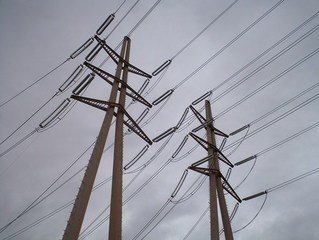Many Texas landowners have old electric line easements on their property with companies that are no longer in business, such as the old Texas Electric Co. AEP Texas, Inc. and/or Southwestern Electric Power Company (“SWEPCO”) now own many of these easements. These easements are often incredibly vague, especially regarding what can be done with the easement in the future and as to how wide the easement is.
A recent Texas Supreme Court case dealt with one of these easements. In Southwestern Electric Power Company v. Lynch, the Court considered a 1949 easement over lands in northeast Texas that did not contain a fixed width for the easement. The initial easement contained a wooden pole transmission line.

The original easements authorize SWEPCO “to erect towers, poles and anchors along” a set course on a right-of-way that crossed several privately owned properties. In addition, these easements granted SWEPCO the right to ingress and egress over the encumbered properties “for the purpose of constructing, reconstructing, inspecting, patrolling, hanging new wires on, maintaining and removing said line and appurtenances.” The width of the easement was not specified, however, SWEPCO historically utilized 30 feet as its easement.
 Texas Oil and Gas Attorney Blog
Texas Oil and Gas Attorney Blog


